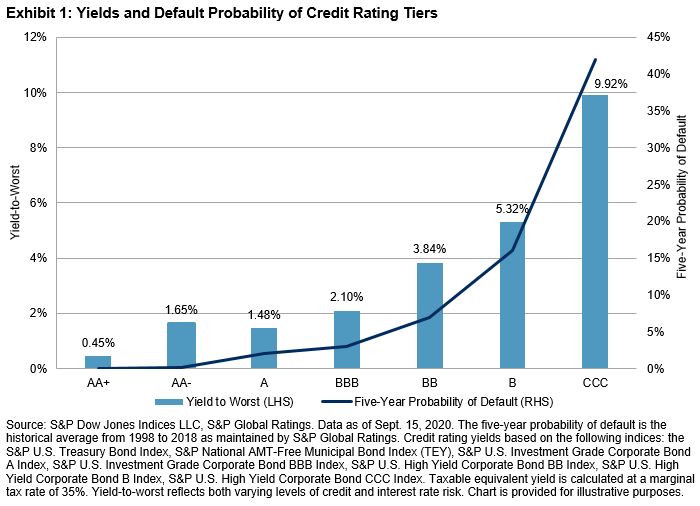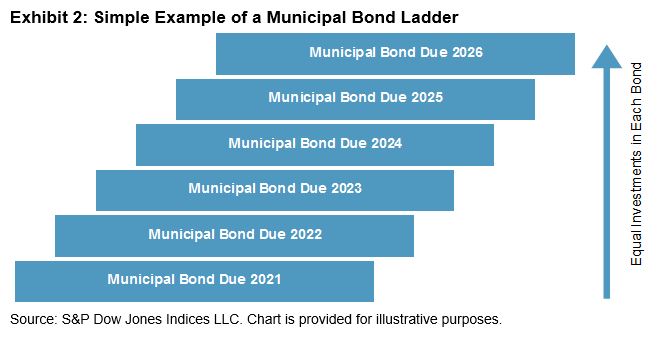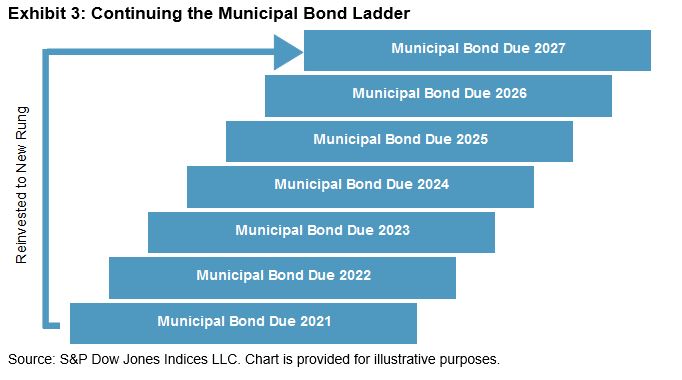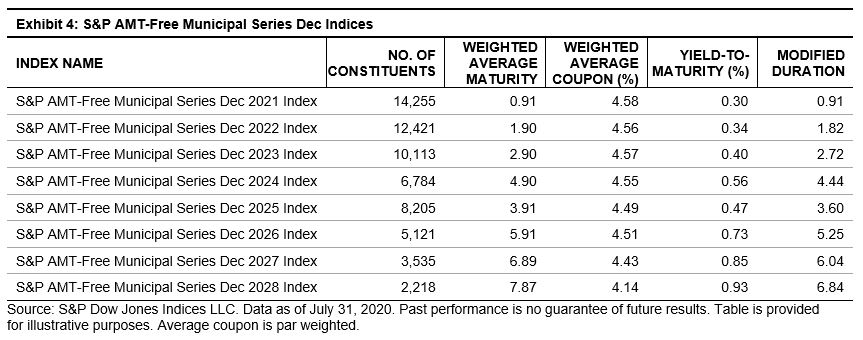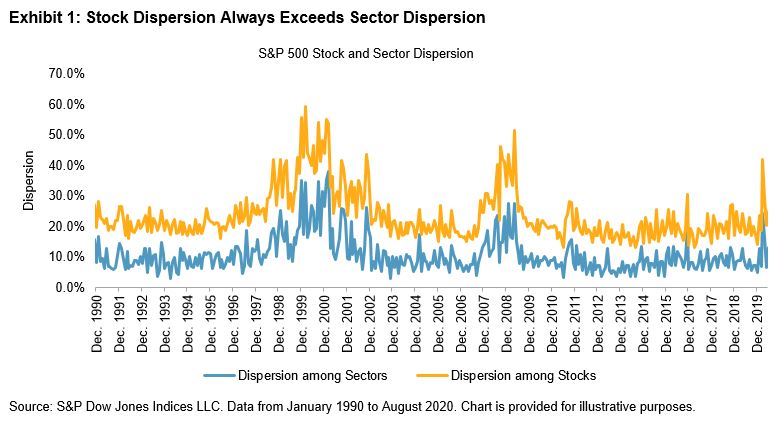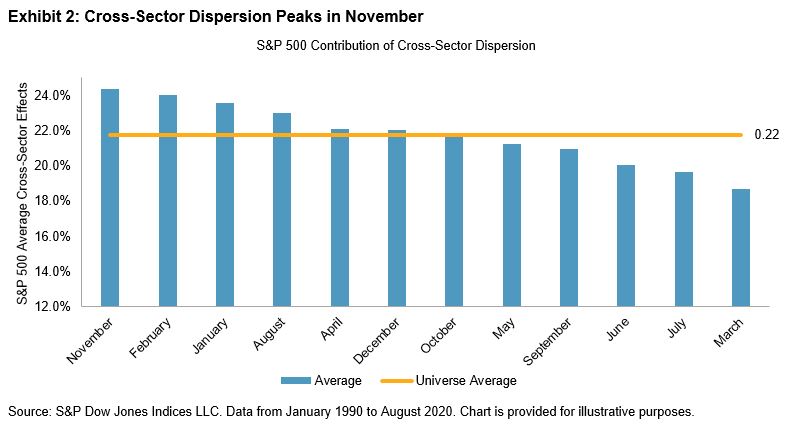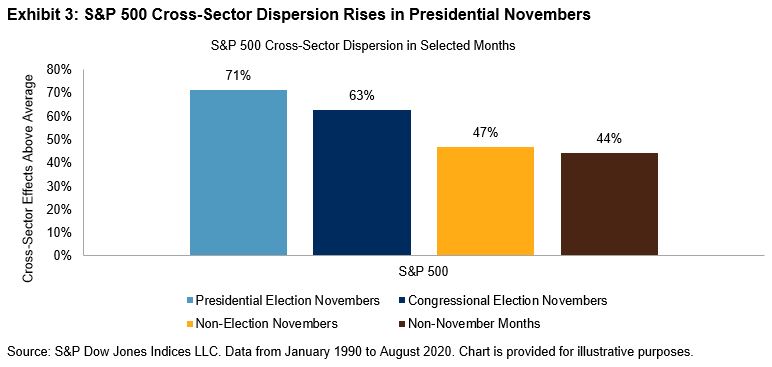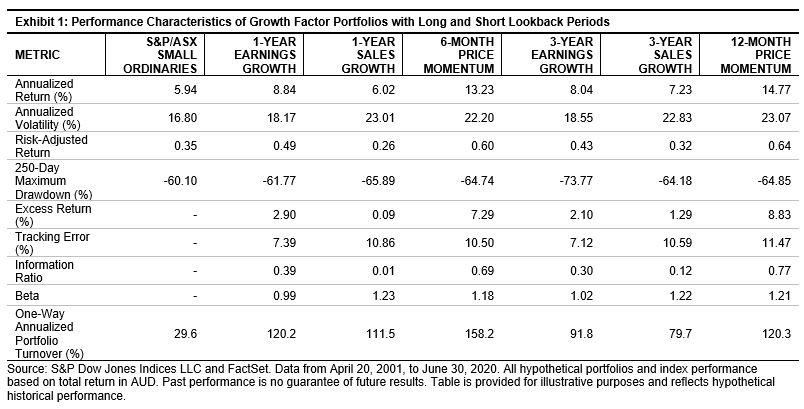How can the relationship between sectors and factors help investors identify market regime changes and inform allocations? S&P DJI’s Anu Ganti and Hamish Preston take a closer look at market trends through the lens of S&P Composite 1500® data.
The posts on this blog are opinions, not advice. Please read our Disclaimers.











































